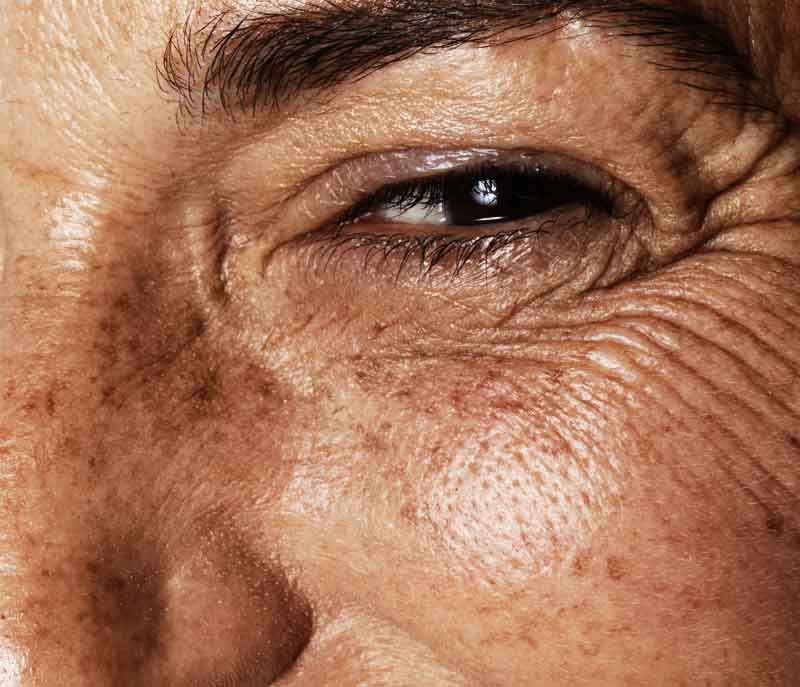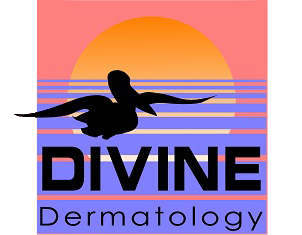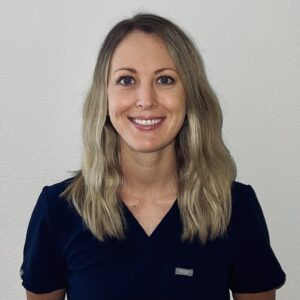Clinical Specialization | Age Spots
Introduction
Age spots occur when the skin produces excess melanin (the pigment that gives skin its color) due to prolonged exposure to ultraviolet (UV) light from the sun or tanning beds. They are more common in people over 50 but can also appear in younger individuals who have had significant sun exposure.
Types of Age Spots
Age spots are dark, flat areas on the skin that develop due to sun exposure or aging. The main types are:
- Liver Spots (Solar Lentigines): Small, flat brown or black spots, often from sun exposure, common on the face, hands, and shoulders.
- Freckles (Ephelides): Small, light brown spots, common in fair-skinned individuals, typically on the face and arms.
- Senile Lentigo: Larger, darker spots, usually due to aging and sun exposure, often on the face and hands.
- Seborrheic Keratosis: Raised, rough spots that can be tan, brown, or black, unrelated to sun exposure, common with age.
- Chloasma (Melasma): Dark patches, usually on the face, linked to hormonal changes (like pregnancy) and sun exposure.

How We Treat Age Spots
We have a plethora of in-office treatments as well as products that can help minimize the appearance of age spots. Our providers will assess which options are right for you and will work with you to look your best.
Here are some available treatments that we use for acne:
- Topical Creams: Products like hydroquinone, retinoids, or AHAs can lighten spots
- Laser Treatment: Lasers like IPL can target pigment to fade spots after multiple sessions
- Cryotherapy: Liquid nitrogen freezes and removes pigments on the skin
- Chemical Peels: Our various peels can exfoliate the skin to reduce pigmentation
- Microdermabrasion: Exfoliates outer skin layers to improve appearance
For Consultations Call us at (727) 528-0321
What else would you like to do?
Get to know Dr. Carol Sims-Robertson, including her history, her education and her specializations.
See our office’s location, learn about its features and view the image gallery.
See which insurance plans we accept and other important information about how we handle insurance.






